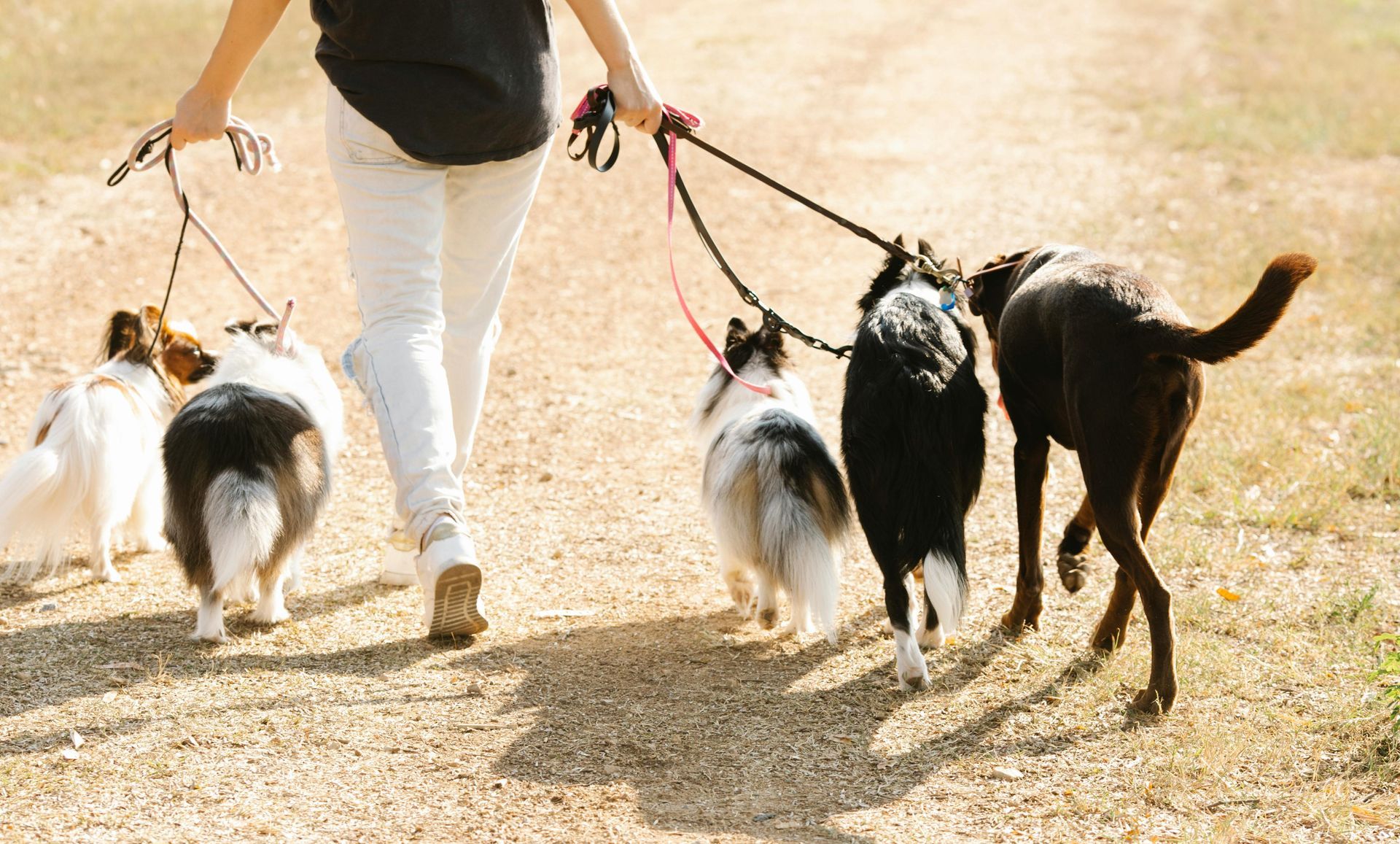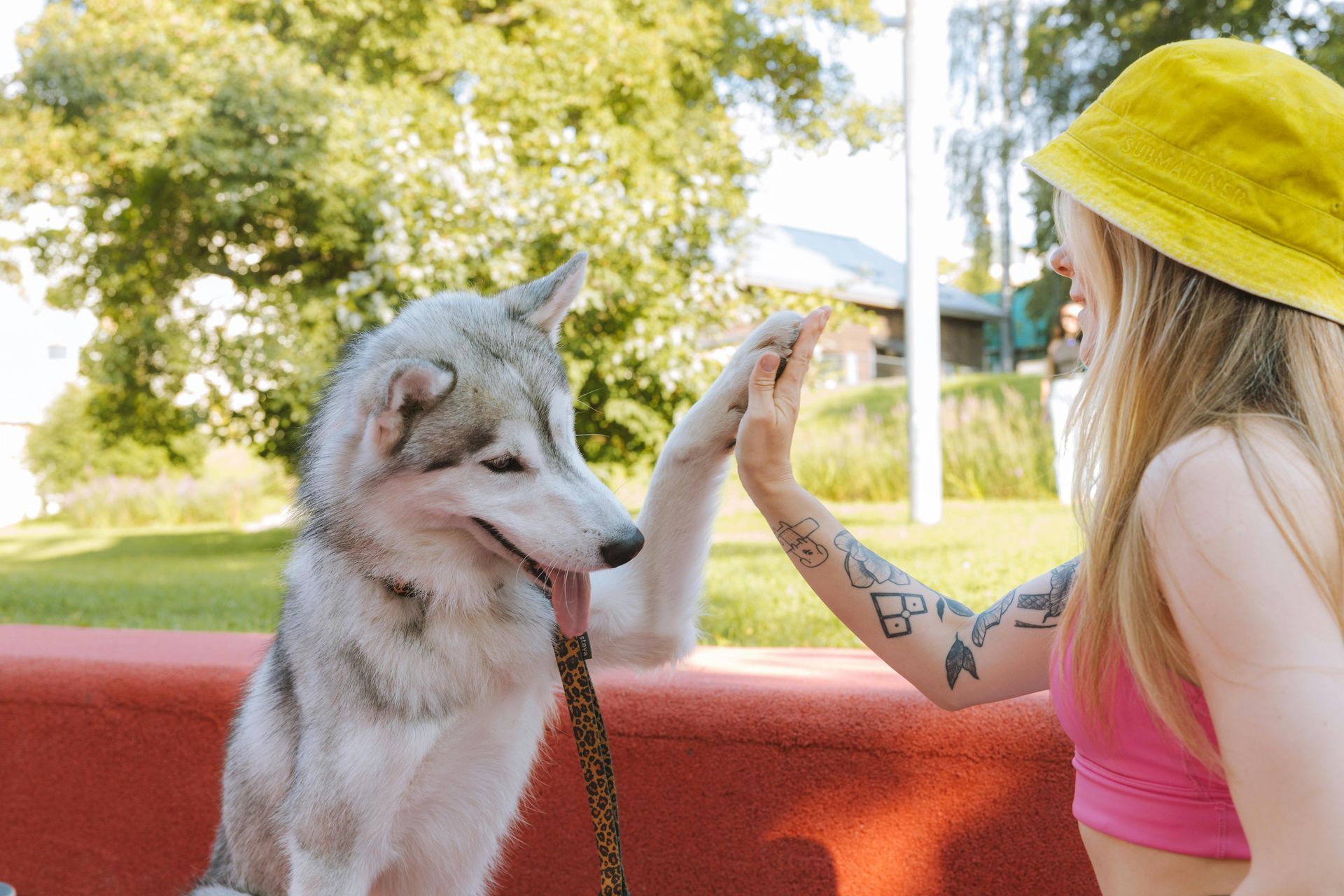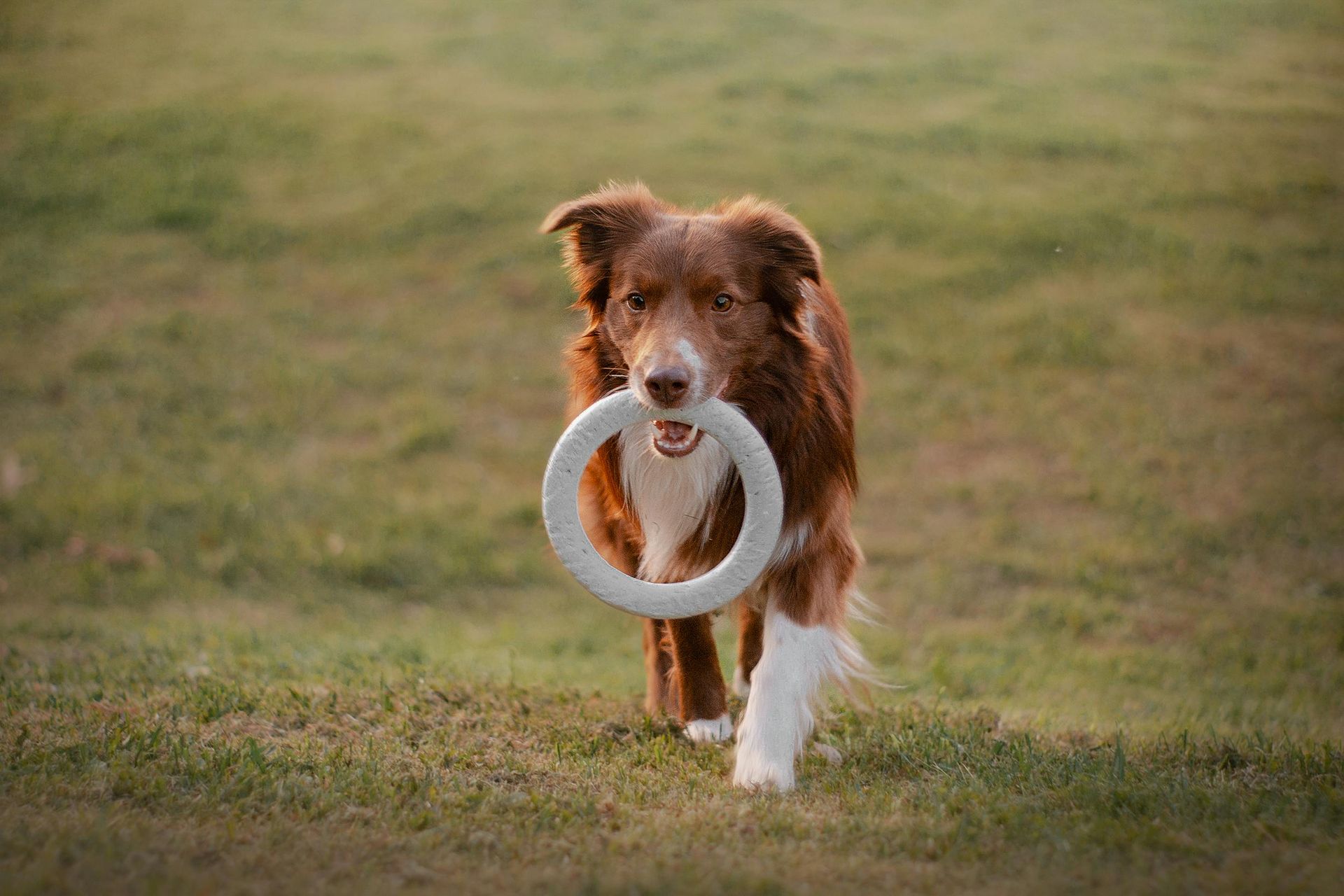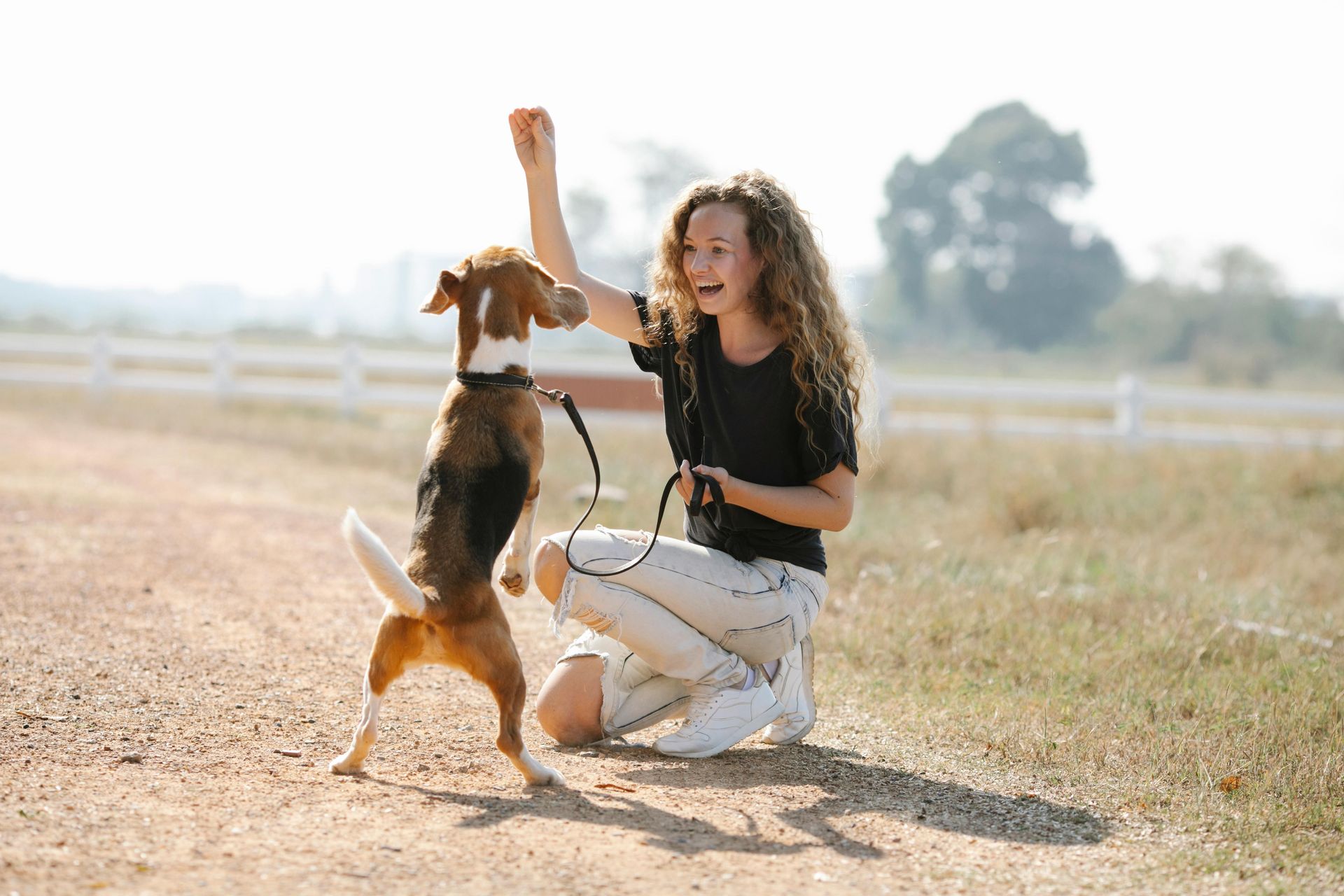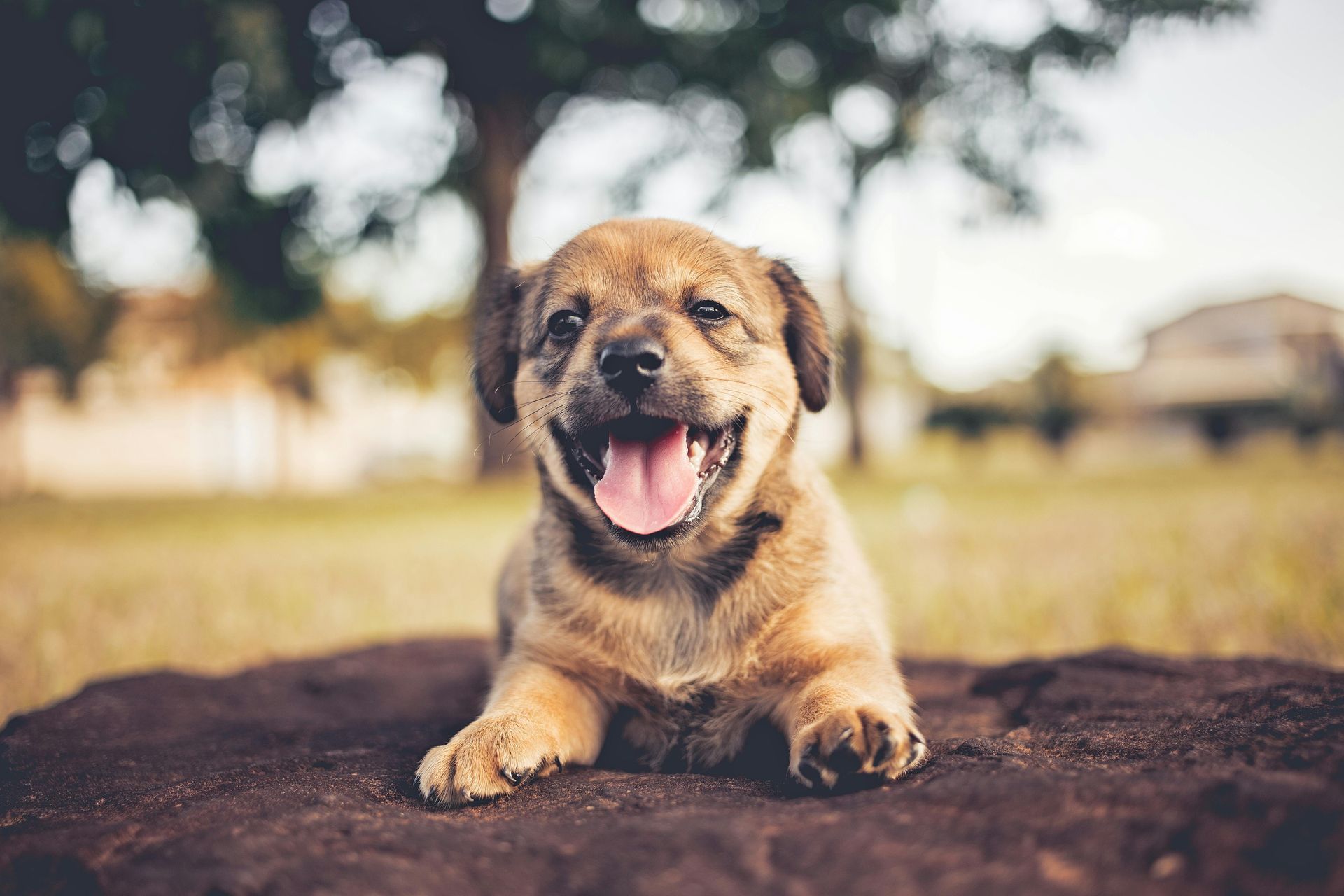Keeping Your Dog From Escaping The Yard
Summer is the perfect time for outdoor adventures with your dog, but it also brings the challenge of keeping your adventurous pet safely within the confines of your yard. Here's a comprehensive guide to ensure your dog enjoys the outdoors without the risk of escaping.
Understanding Why Dogs Escape
Dogs often try to escape from yards out of curiosity or when they're bored, lonely, or enticed by animals or noises outside their immediate environment. Intact males may also attempt to roam in search of mates, and some breeds have a higher prey drive that makes them want to chase after small animals.
Preventative Measures to Keep Your Dog Safe
- Remove Climbing Aids:
Survey your yard for objects that your dog might use to climb over the fence. Removing these can eliminate potential escape routes.
- Spaying or Neutering:
This reduces the roaming instinct significantly, making your dog less likely to try escaping in search of a mate.
- Install Coyote Rollers:
These devices prevent dogs from gaining the leverage they need to pull over a fence. They are particularly useful for dogs that are able to jump or climb over barriers.
- Opt for Solid Fencing:
A solid wooden fence is more difficult to climb than a chain-link one and offers less visual stimulation, which can help reduce the urge to escape.
- Regular Fence Maintenance:
Ensure that your fence is in good repair. Check regularly for any gaps or weak points that could serve as escape routes.
- Create a Dedicated Dog Run:
For dogs that are persistent escapers, a secure dog run can provide them with space to explore without the risk of getting out.
- Increase Supervision and Engagement: Spend more time outdoors with your dog, playing and training, to keep them mentally and physically stimulated and less interested in escaping.
Emergency Preparedness
Even with the best preventive measures, escapes can happen. Here’s how to prepare:
- Microchip and ID Tags:
Ensure your dog has a microchip and wears a collar with ID tags containing your contact information. This increases the chances of a safe return if they do escape.
- Reflective Gear:
Equip your dog’s collar or harness with reflective material to make them more visible at night, which can prevent accidents.
- Keep Current Photos:
Have recent photos of your dog easily accessible to aid in recovery efforts if they get lost.
- Know Local Shelters and Vets: Familiarize yourself with local animal shelters and veterinary clinics where someone might take a lost dog.
By taking these steps, you can minimize the risk of your dog escaping and ensure they stay safe and secure in your yard. Remember, a secure and engaged dog is a happy dog, and taking the time to implement these strategies can lead to a more peaceful and enjoyable outdoor experience for both you and your pet.

